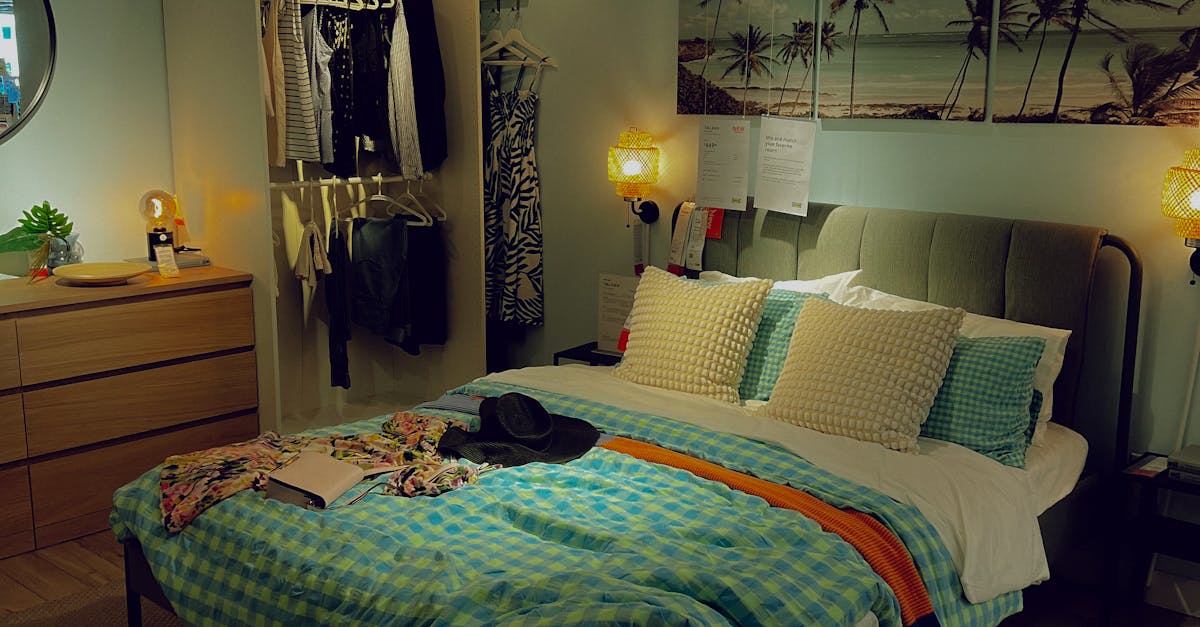
Reduced Sick Days
Reductions in sick days can have significant financial implications for both individuals and employers. Passive house design has been shown to improve indoor air quality by reducing pollutants and allergens, creating a healthier living and working environment. This improved air quality can lead to fewer respiratory issues and allergies among occupants, ultimately resulting in fewer sick days taken by employees or family members.
Passive House designs can significantly lower insurance premiums due to their durable and resilient nature. Insurance companies often offer reduced rates for buildings that are less susceptible to damages, and with the high level of resilience of Passive Houses, owners can benefit from cost savings in insurance coverage. These homes are built to withstand extreme weather conditions and are less likely to experience structural damages, which makes them a favourable choice for insurance providers.
Lower insurance premiums for Passive House designs also reflect the reduced risk of damages associated with these energy-efficient buildings. By incorporating high-quality materials and advanced construction techniques, Passive Houses are better equipped to handle potential risks such as fire, water damage, and natural disasters. This decreased risk profile not only translates into savings for homeowners in terms of insurance costs but also provides peace of mind knowing that their property is well protected against unforeseen events.
Reduced Risk of Damages
Passive house design offers a significant advantage in reducing the risk of damages to the property. By incorporating high-quality materials and advanced construction techniques, passive houses are better equipped to withstand various environmental factors such as extreme weather conditions. This resilience translates into lower maintenance costs over time, as the structure is less prone to wear and tear compared to traditional buildings.